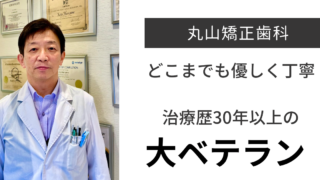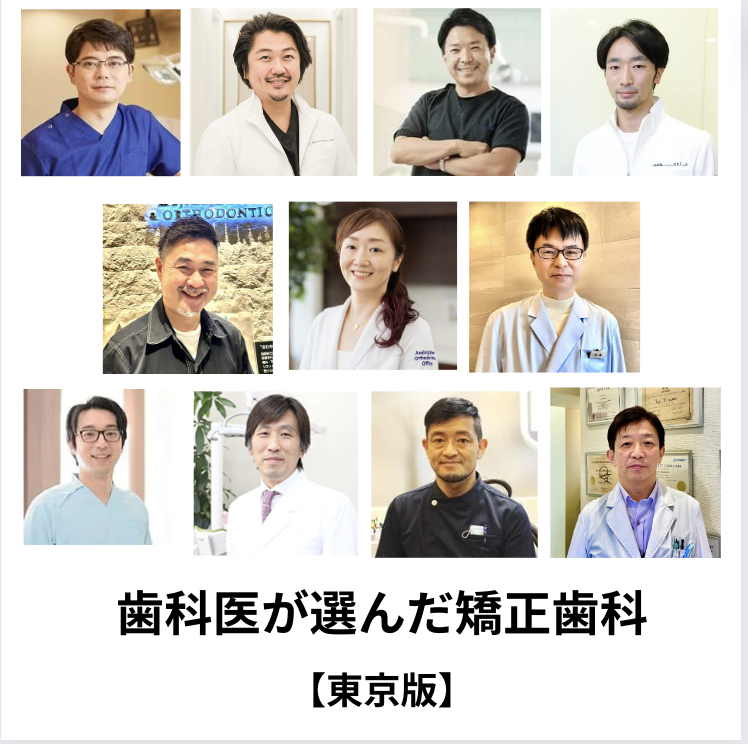Last updated November 9, 2023

Doctor, when you look at my mouth during a dental checkup, you say things like "maru" or "shi-o" or spells like that, don't you?
What is that?

That is a dental term to quickly communicate the condition of each tooth!
It may be easier to understand your oral situation if you know what it means.
This time,Can you tell if you have cavities or gum disease? Here is an easy-to-understand explanation of terms used in dental checkups!
- Meaning of terms used in dental examinations
- Meaning of Dental Examination Terms (1)|Numbers and Alphabets used in Dental Formula
- Meaning of Dental Examination Terms (2)|"Alphabets, Katakana, Symbols, Numbers, and Kanji" indicating the condition of teeth, gums, etc.
- Terms used to describe dental conditions during a dental checkup
- Terms used in dental examinations to describe TMJ conditions
- Terms used in dental examinations to describe tooth alignment and bite
- Terms used in dental examinations to describe plaque buildup
- Terms used to describe the condition of the gums during a dental checkup
- Terms for other abnormalities in dental examinations
- What are the items to be checked during a dental checkup?
- How to take care of yourself at home when your dental checkup says CO or GO
- summary
Meaning of terms used in dental examinations

Terms such as "Maru", "C.O.", and "No. 1" used in dental examinations are,Dental terminology for quickly communicating and recording the condition of the teeth and mouth.
Dental terminology can be broadly divided into
- The "dental formula" indicating which tooth
- Alphabet, katakana, symbols, numbers, and Chinese characters" indicating the condition of teeth, gums, etc.
The two categories are
Dental checkups.Dental" + "alphabet, katakana, symbols, numbers, and kanjiThe dentist verbally tells the record keeper what condition each tooth is in at the
For example, if someone says "upper right second CO (C.O.)," it means "the second tooth counting from the middle of the upper right is called CO.
This is how the condition of any tooth is instantly recorded.
The following explains the meaning of dental terms one by one!
Meaning of Dental Examination Terms (1)|Numbers and Alphabets used in Dental Formula
Teeth,Permanent teeth are numbered 1-8; deciduous teeth are alphabetized from A to EThis is called the "dental formula: shishiki.
There are several standards for tooth type, and different standards have different numbers.
Here, we explain the "quadrant tooth type notation (Zsigmondy & Palmer system)," which is often used in Japan and Europe.
Permanent tooth formula
Permanent teeth divide the dentition into four sections, top, bottom, left, and right, as followsThey are numbered from 1 to 8 from the front teeth in the center of the dentition to the back teeth.

For example, the fourth premolar counting from the front on the upper right is the "upper right fourth".
Dental formula for deciduous teeth
Deciduous teeth, like permanent teeth, divide the dentition into four sections, top, bottom, left, and right, as followsIt is represented by a letter of the alphabet from A to E from the front teeth in the center of the dentition to the back teeth.

For example, the fourth molar counting from the front on the upper right is "upper right D".
Incidentally, although not used in dental examinations, the dentist's examination and diagnosis also uses terms that divide a single tooth and indicate in detail where it is within a single tooth.
- Anterior side between teeth → Proximal, M (Medial side)
- Distal side between teeth → Centrifugal, D (Distal side)
- Front side of teeth → Buccal side, B (Buccal side)
- Backside of teeth → Lingual side, L (Lingual side), Palatal side, P (Paratal side)
In addition to these, the grooves and bumps on the teeth have names as well,Dentists can describe in very fine detail where a single tooth refers to.
Meaning of Dental Examination Terms (2)|"Alphabets, Katakana, Symbols, Numbers, and Kanji" indicating the condition of teeth, gums, etc.
Dental examinations show the condition of teeth, gums, etc.Alphabets, katakana, symbols, numbers, and kanji represent the following six
- Dental condition
- TMJ condition
- Condition of teeth and bite
- Dental plaque buildup
- Gum condition
- Other Abnormalities
Terms used to describe dental conditions during a dental checkup
- Shaded line (/)
- Healthy deciduous and permanent teeth without cavitiesrefers to a tooth. Also referred to as sound or present teeth.
- In a dental checkup, it may be said something like, "Upper right first sound (kenzen), bar". If there are many healthy teeth, they may be told collectively as 76543 sound, etc.
- Round (0)
- Teeth that have had cavities treated,Tooth undergoing cavity treatment = treated toothrefers to the
- C.O. (CO)
- Also called tooth requiring observation. In the stage of early caries,Teeth that do not have holes in them, but if left untreated, could become decayed due to holes in the teethIt is.
- C)
- I have a hole in my tooth,Tooth decayedIs. Since it is a tooth in an untreated state, it is also called an untreated tooth.
- Dentists to represent more precise conditions,The dental terminology used is divided into four levels, "C1, C2, C3, and C4," depending on the depth of the cavity.In this case, the higher the number, the more severe the caries.
- Sankaku (△)
- Permanent tooth lost due to decayof the tooth. It is not used for deciduous teeth. Also called a lost tooth.
- BUTT (x)
- primary molar (tooth)This refers to the following situation. It refers to baby teeth that remain in place while permanent teeth erupt from below, or baby teeth that have not erupted and show no sign of coming out even though they are well past their time to erupt.
- "Sa" or "Marsa"
- Drugs to stop the progression of tooth decayTeeth coated with "Saffolide."of the
- Shi" or "Marci"
- Fill the grooves in the teeth with resin.Teeth that have been treated with a cavity-preventive process called "sealants."of the
Terms used in dental examinations to describe TMJ conditions
Examine the jaw joints for abnormalities, facial symmetry, and the way the mouth opens,
- 0: No abnormality
- 1: Requires observation
- 2: Requires close examination
The evaluation is made on three levels
Terms used in dental examinations to describe tooth alignment and bite
Examine the alignment of the teeth and the bite when chewing, including tooth eruption, posture, and jaw condition.
- 0: No abnormality
- 1: Requires observation
- 2: Requires close examination
The evaluation is made on three levels
Terms used in dental examinations to describe plaque buildup
Examine how much plaque is on the teeth,
- 0: Good
- 1: Some adhesion
- 2: Considerable adhesion
The evaluation is made on three levels
Terms used to describe the condition of the gums during a dental checkup
Observe the condition of the gums and tartar buildup,
- 0: No abnormality
- 1: Observation required (GO)
- 2: Needs close examination (G, P)
The evaluation is made on three levelsGO," "G," and "P" are dental terms for periodontal conditions.It is.
- GO (G.O.)
- There is no tartar buildup, but the gums are swollen and gingivitis is present.
- G (G)
- There is tartar buildup and gingivitis.
- P (P)
- Inflammation of the gums as well as the bone supporting the teeth. It indicates that periodontitis is occurring due to the progression of periodontal disease.
Terms for other abnormalities in dental examinations
Any other abnormalities such as stomatitis, abnormal tongue band, fused or excessive teeth, etc., will be noted on the record form, as well as the name and condition of the disease.
What are the items to be checked during a dental checkup?

During the dental examination, the following six items are checked
- Dental condition
- TMJ condition
- Condition of teeth and bite
- Dental plaque buildup
- Gum condition
- Presence of other abnormalities
The purpose of a dental checkup is to detect signs related to tooth decay, gum disease, and other abnormalities, and to encourage visits to the dentist,Lead to early detection and early treatment of oral diseases and abnormalitiesThis is to say.
Although they do not perform precise examinations and diagnoses like dentists do, they play an important role in promoting the maintenance and improvement of health by roughly checking items related to the mouth.
How to take care of yourself at home when your dental checkup says CO or GO

When a dental checkup says CO or GO,You need to review your home care regimen, especially tooth brushing.
Review how you brush your teeth daily.
CO and GO are more likely to occur when the teeth are stained by improper tooth brushing.
If left unchecked without reviewing how you brush your teeth at home, it can worsen and lead to full-blown tooth decay and gum disease, which can result in tooth loss.
Brush your teeth the right way and take care of your mouth.
Consult your dentist if you want to learn how to properly care for your teeth.
When we say "take care of your mouth by brushing your teeth the right way every day," many of you may think, "I can at least brush my teeth!" Many people may think, "I can at least brush my teeth!
But to be told at a dental checkup that CO or GO,It means that there is something wrong with the way you take care of your patients at home.
Regular checkups with your dentist are recommended to learn how to properly care for your teeth.
For CO, you can also get aggressive preventive procedures like high-concentration fluoridation,If your dental checkup says CO or GO, consult your dentist.
summary

There are a variety of terms used in dental examinations to indicate tooth decay and periodontal disease.
When you hear the words introduced during a dental checkup, try to remember what condition they indicate!
ifBe careful if you hear the words "CO" or "GO."Is. Make an appointment for a regular checkup with your dentist.
In 365dentist,
- Consultation via dentist-run open chat
- Helping you find the right dentist for you
- Useful columns about the mouth
to support your oral health and beauty.
RELATED:Causes, risks, remedies, and treatment costs of cavity-filled teeth in the 20s.
365dentist General Supervisor Dentist/Yukiko
Graduated from Nagasaki University School of Dentistry, ~2018 Kyushu Medical Center, 2018-present Working at a dental clinic in Tokyo
Supervisor: Dentist/Naomi
After completing clinical training, worked in cosmetic dentistry in Tokyo. Currently a dentist and dental writer.

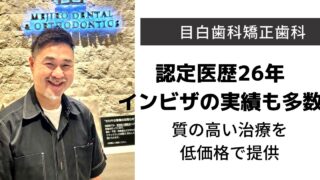

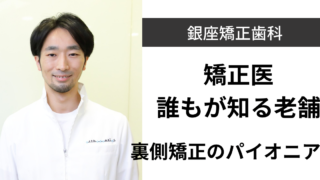
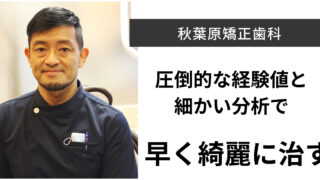
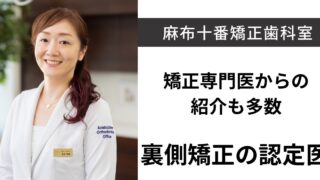
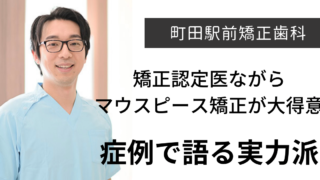
![Toshima-ku, Ikebukuro] Myozui Orthodontics, Kitahara 7 A9D63899 8BBF 4AC0 A512 781143AF8AE2](https://365dentist.jp/wp-content/uploads/2023/03/A9D63899-8BBF-4AC0-A512-781143AF8AE2-320x180.png)
